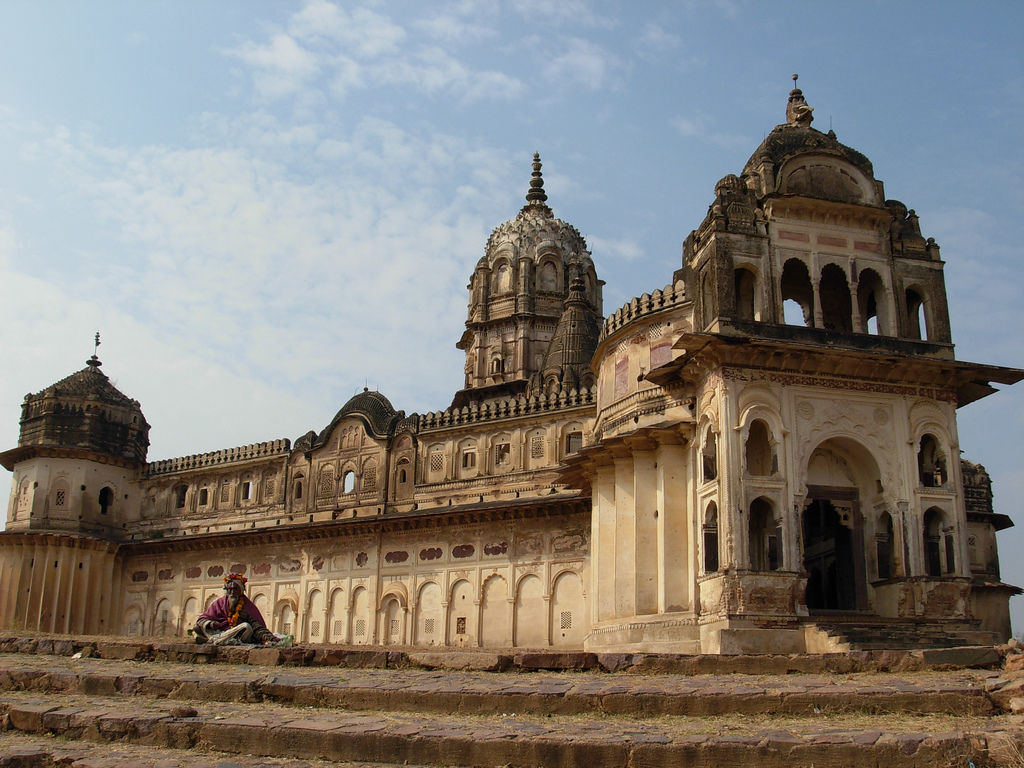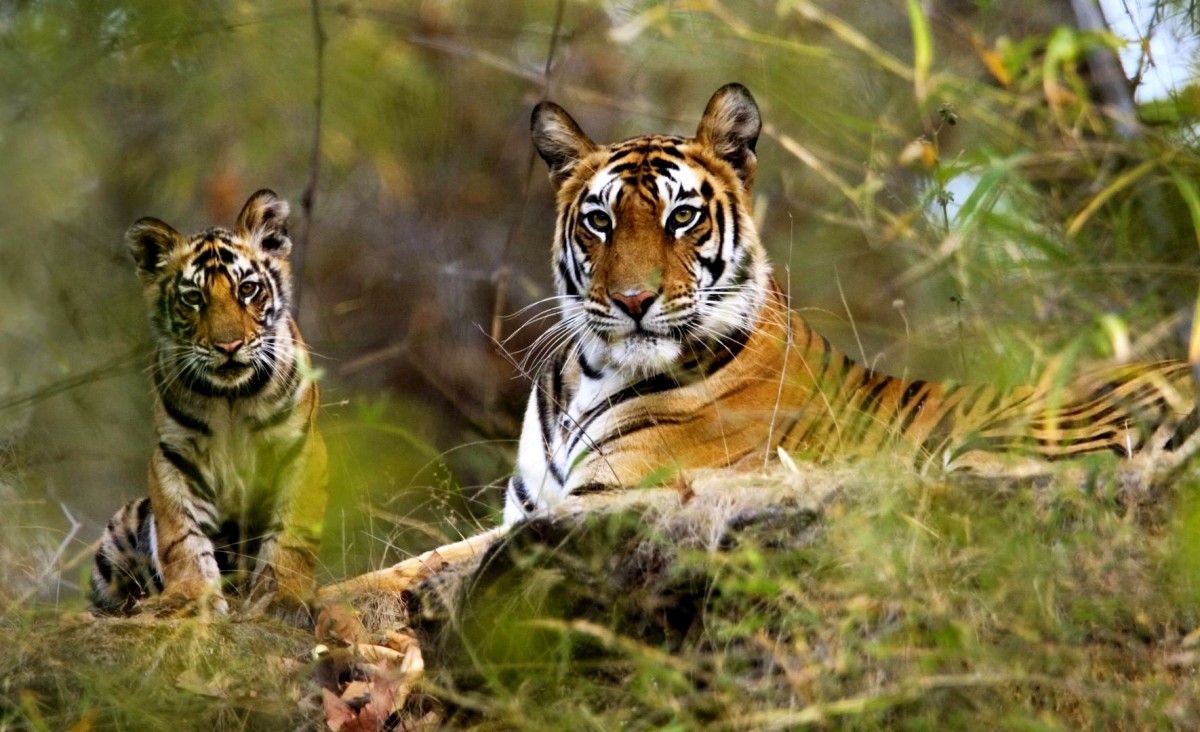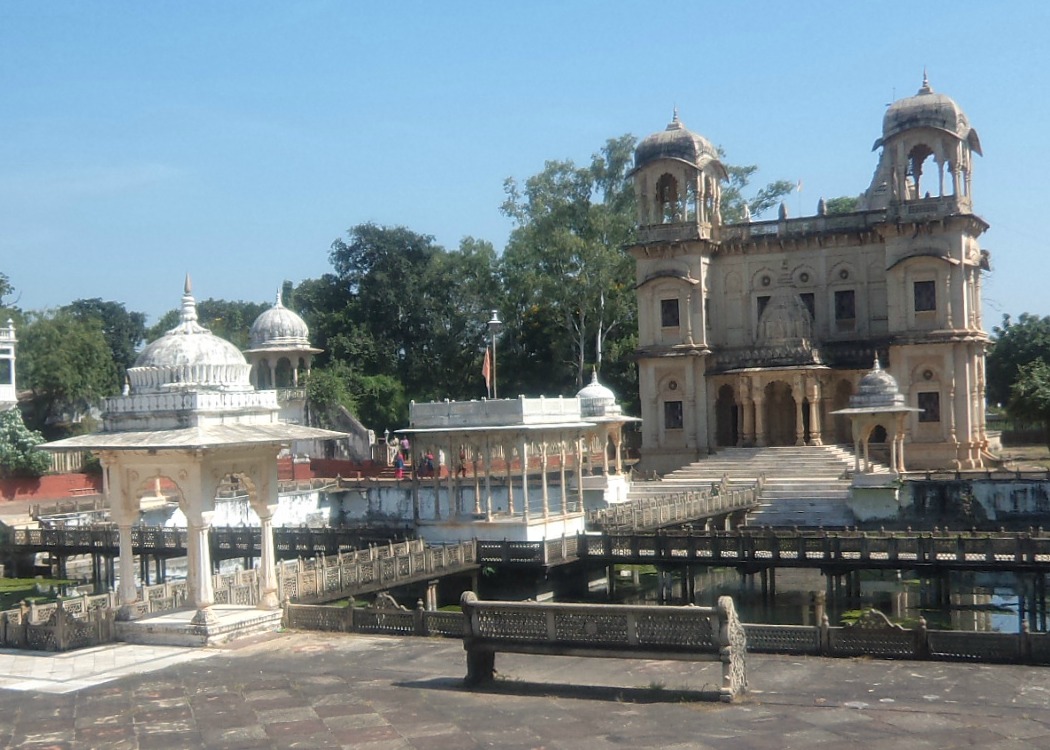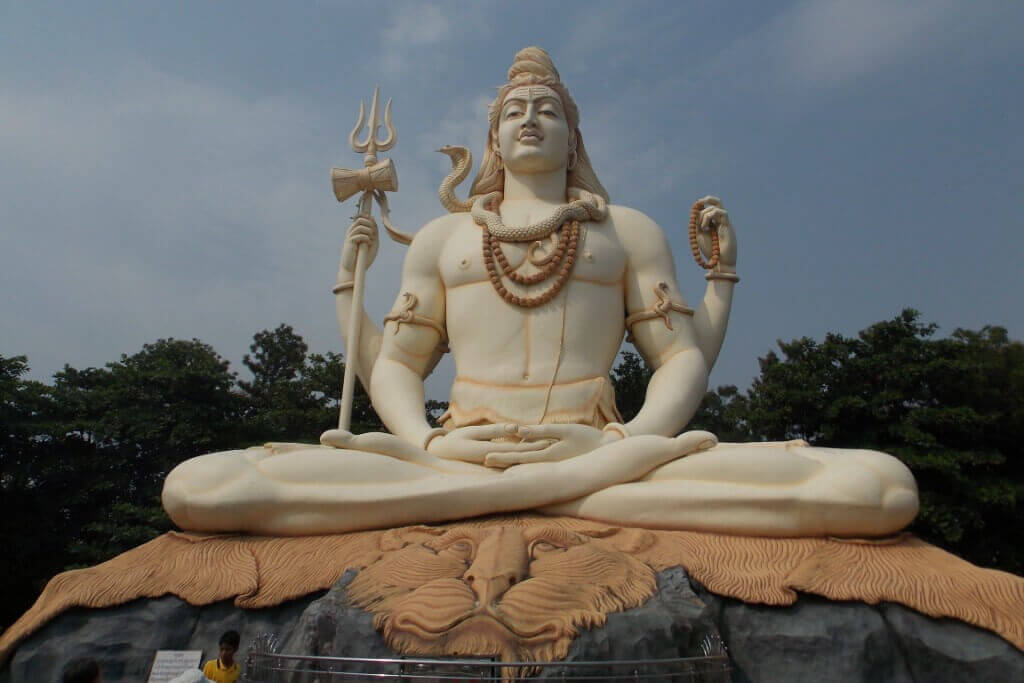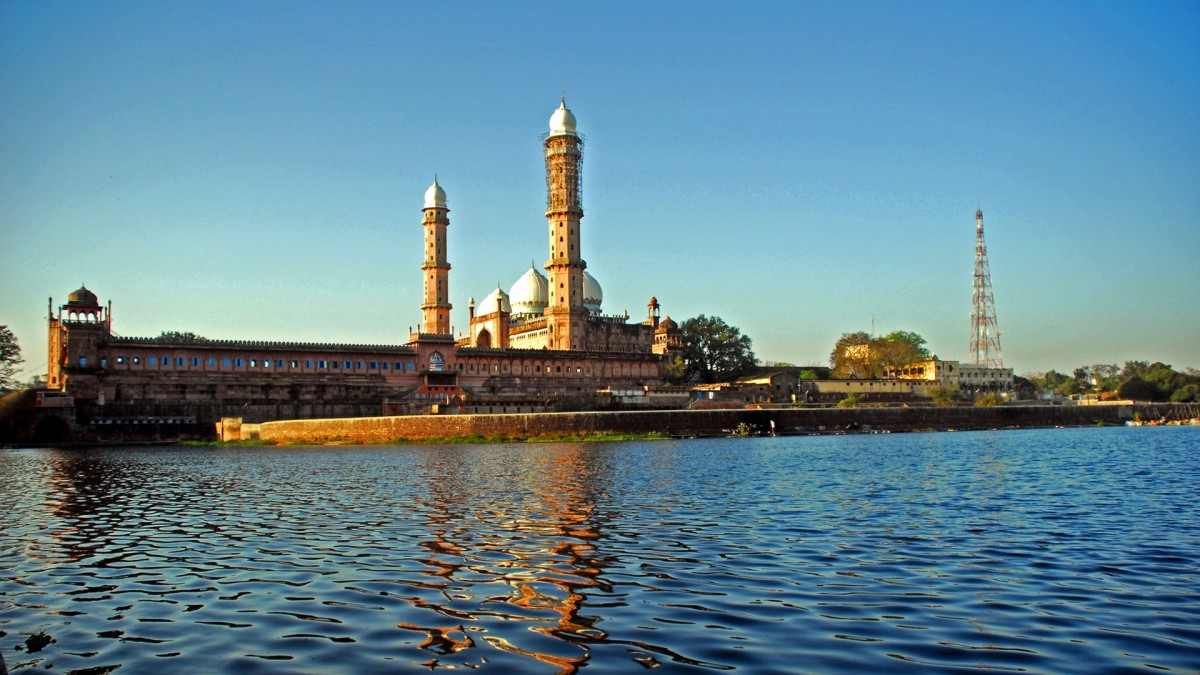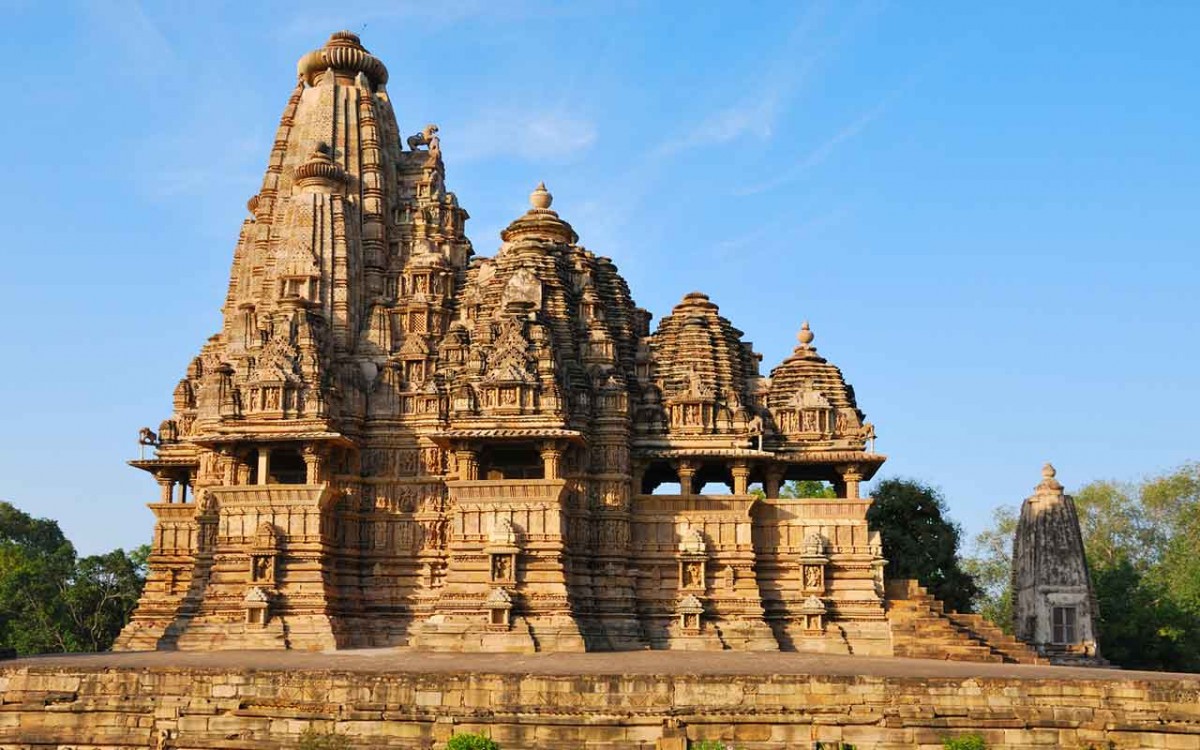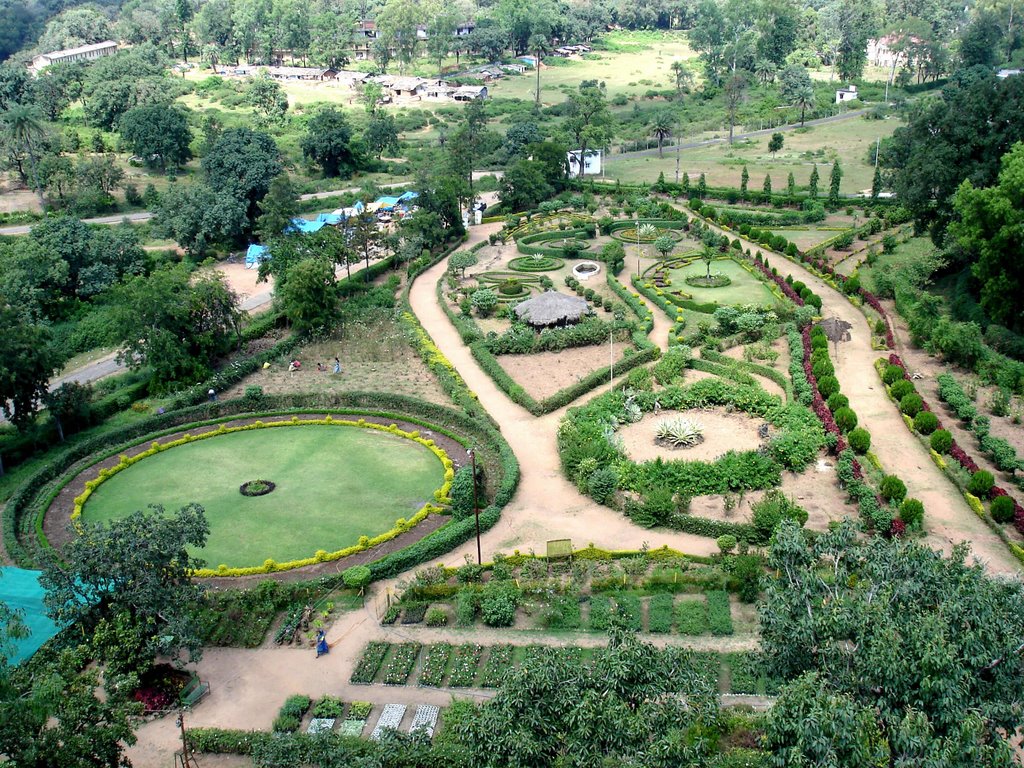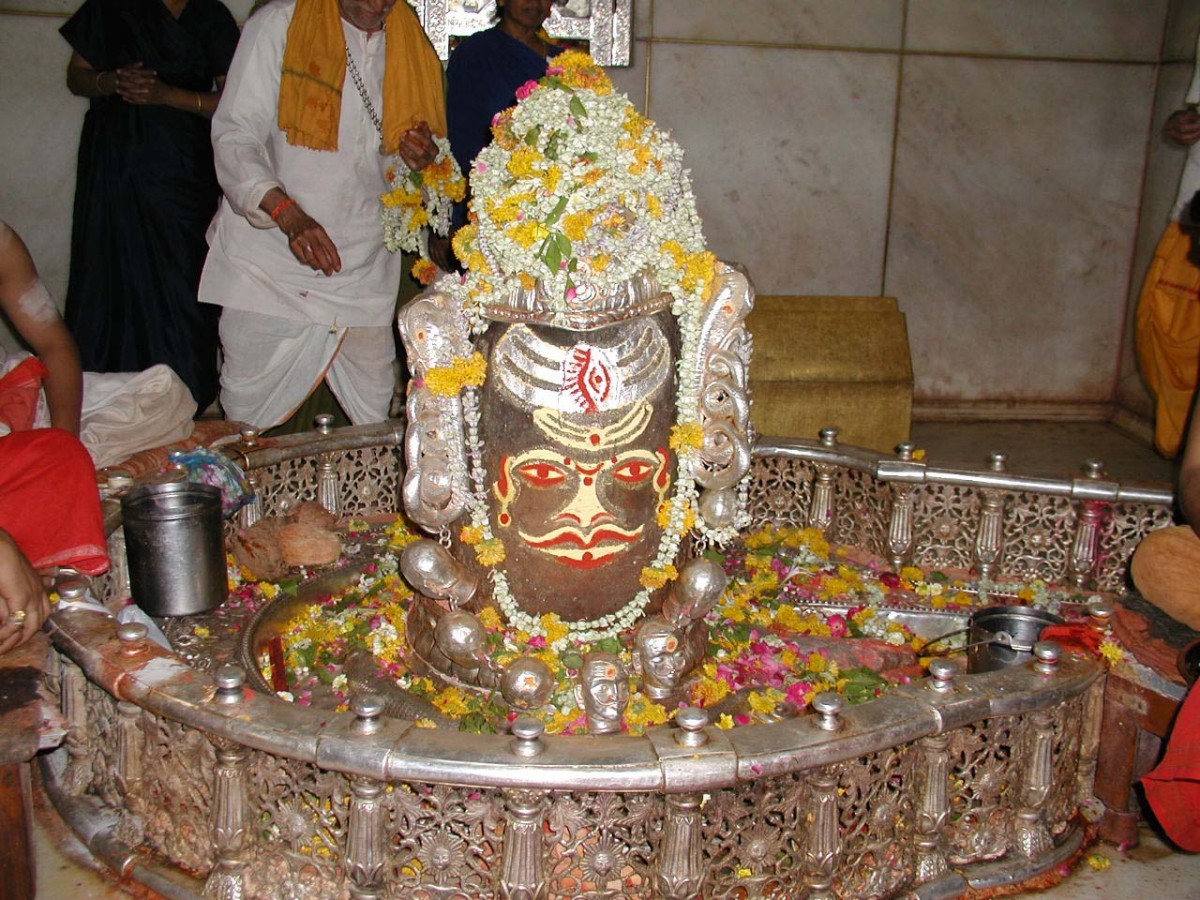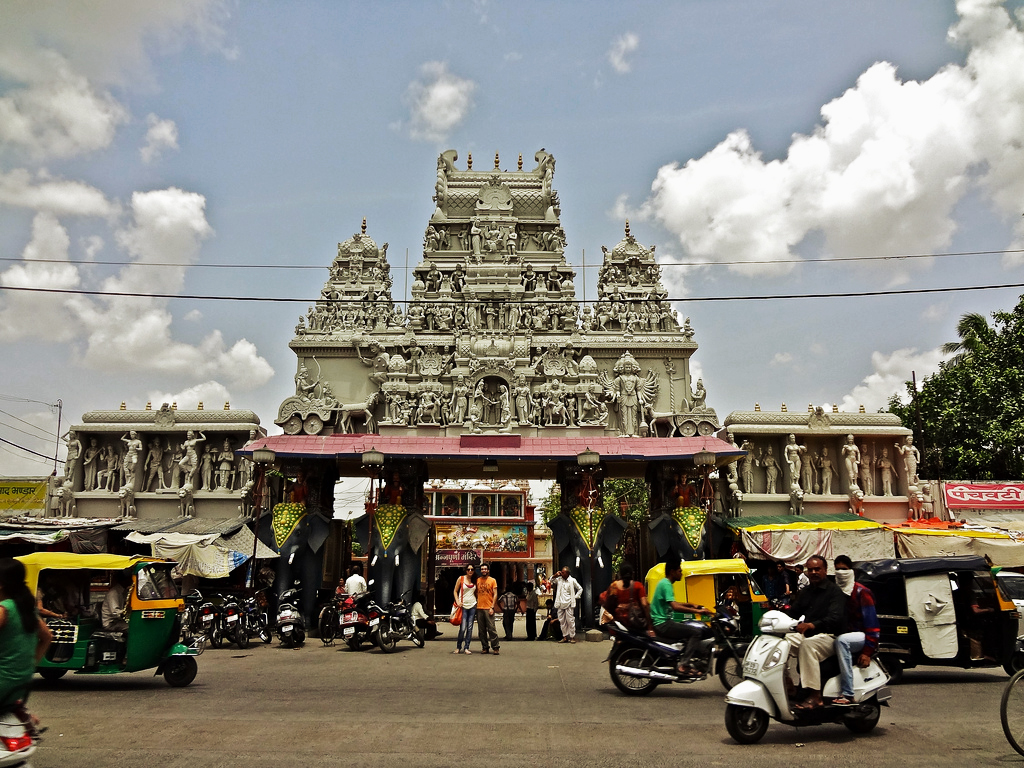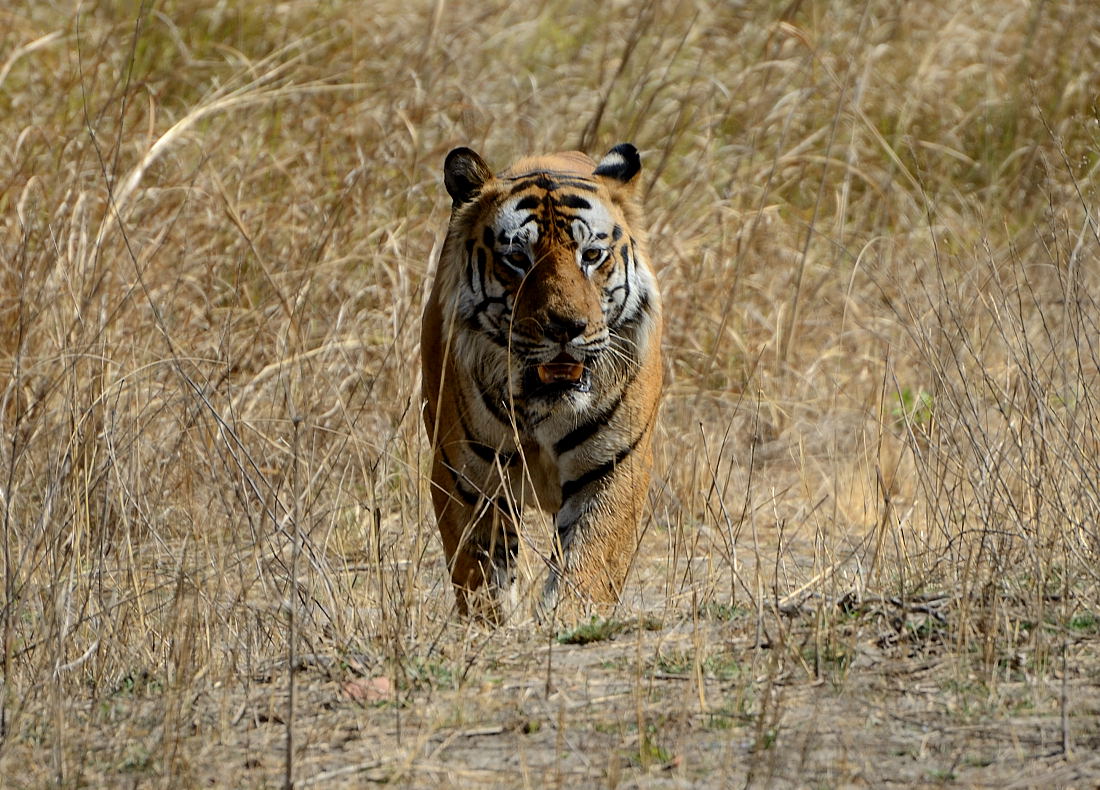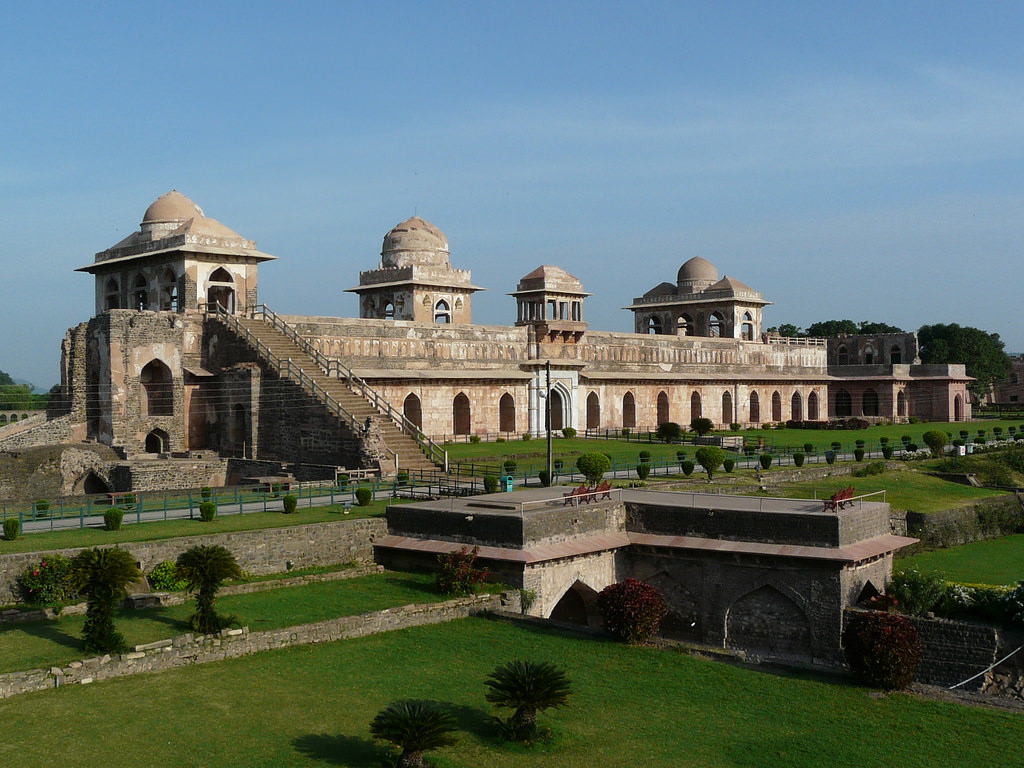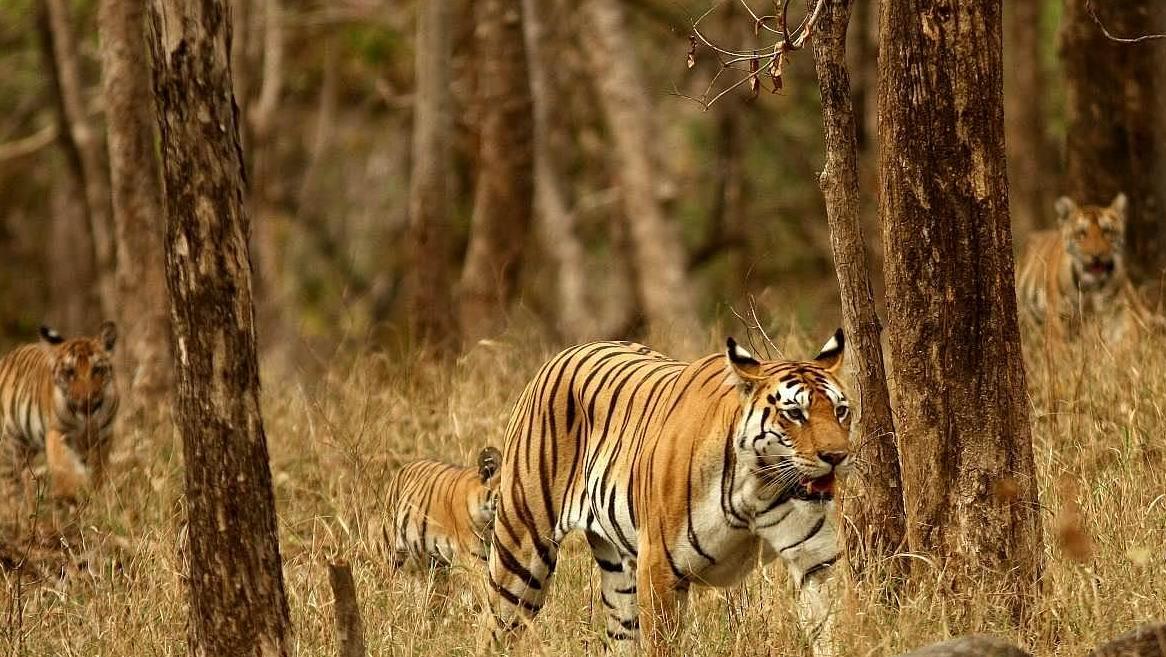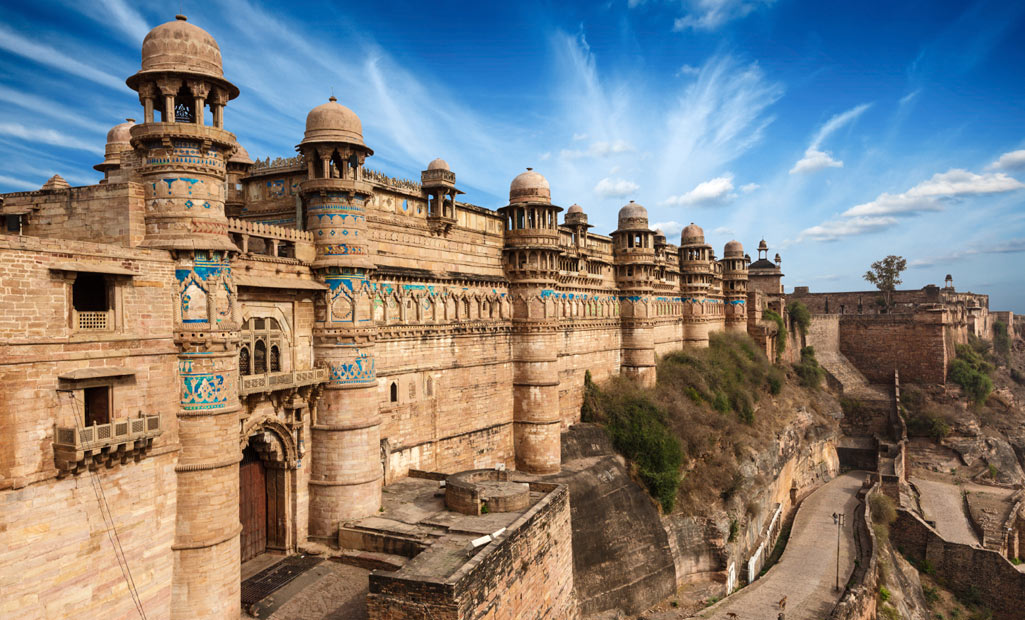
Gwalior Tourism
History of Gwalior: Mr. B.B. Lal has discovered implements of Paleolithic age in Gwalior. Many cave paintings of the Middle Stone Age have also been found inGwalior the area. Pottery of Iron Age has been excavated in Gwalior and adjoining areas. Old name of Gwalior is Gopadri or Gopgiri. In the Mahabharta Gopalkaksh has been mentioned as the place of victory of Bhima. Probably Gopalkaksh is same Gopadri.
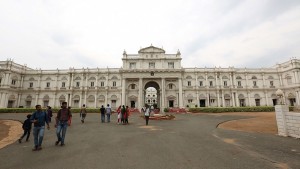
During the later period of 2nd Century a new dynasty called Nagvans (vans means clan) took roots in Vidisha-Gwalior region. Vrashnath was the founder of the Nagvans. A coin has been found of this ruler in Vidisha during Veshnagar excavations.
Bhimnag was the next ruler of this clan who shifted it’s capital from Vidisha to Padmavati (modern Pawaya near Gwalior). Coins of descendant of Bhimnag, Skandnag, Vashunag, and Vrahaspatinag have been found in Pawaya. According to a pillar inscription found in Allahbad, Samudragupta had defeated last ruler of Nagvans, Ganpatinag.
Pawaya is some 68 kms from Gwalior. The life-size statue of Chaksha Manibhadra has been found here. The Parmars built the fort and the nearby Dhoomeshwar Mahadeo temple, which are the main attractions of Pawaya.
Beginning of legendary Gwalior fort found it’s roots in the 5th Century during the rule of a Kachhwaha Rajput prince, Suraj Sen.
It is believed that Gwalior was also under the rule of Mihir Bhoj (836-882 AD). In the 10th Century, second ruler of Kachapghat Rajvans, Vrajdaman had taken over Gwalior after defeating king of Kannauz. Mangleraj and Kirtiraj were the subsequent rulers of Gwalior.
In 1021 AD Mahmud of Gazni attacked on Gwalior. One of his lieutenants Malik Bahauddin Tughluq won Gwalior fort after lot of hard work.
Monuments of Gwalior
Tours to historical monuments in Gwalior, India with the site India Travel Destinations can be a great learning experience apart from the thrill that you experience when visiting monuments that are associated with true stories of power, glamour and bravery.
Gwalior Some of the commonly visited historical monuments in Gwalior, India are the Gwalior Fort, the Sanchi stupas, Udayagiri caves, Teli Ka Mandir and Tansen’s Tomb.
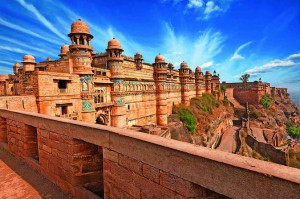
The Gwalior Fort
The Gwalior Fort is about 1000 years old and is perhaps one of the most imposing monuments in the Gwalior city. This massive fortress is located on top of a sandstone hill and has been controlled by rulers from several dynasties such as the Mughals, Tomars, Britishers and Scindias. This huge fort has huge battlements that surround palaces, massive water tanks and temples.
During your tours to the historical monuments in this area you find that the walls of the Gwalior Fort give way to the steep slopes. This fort has a special historical significance as it was from this particular fortress that the Rani of Jhansi and Tantiya Tope fought for the Indian independence.
During your tours to the historical monuments in Sanchi that is located at a few kilometers from the city of Gwalior you can visit the historic Buddhist stupas at Sanchi, India. These stupas, temples, monasteries and pillars date back to almost the 3rd century B.C.
A Chunar sandstone pillar fragment is located near the Stupa that has the world famous Ashoka edict that is popular among the tourists as it is supposed to be a warning to the Buddhist monks against any fracture in the Buddhist community. This famous Stupa is known for its massive gateways that were constructed by the rulers of the Satavahana dynasty.
The special feature of these gateways is the fact that the carvings on these depict events from the life of the Buddhist saint Lord Buddha and anecdotes related to the spread of Buddhism.
You may also visit the tomb of the famous singer Tansen’s tomb, Tansen was considered to be one of the nine jewels of the Mughal Emperor Akbar’s Court.
Climate of Gwalior
Gwalior is one of the erstwhile princely cities in the state of Madhya Pradesh. It is situated at an elevation of 188 meters. The city experience changing temperature throughout the year with each passing season. In summer the temperature can go as high as 42 ‘C and during the summer season the temperature can drop up to the 4 ‘C. The best time to visit Gwalior is between the months of September to February.
Shopping in Gwalior
Shopping in Gwalior is going to be a fabulous experience for the tourists who would like to carry home authentic items with a royal splendour. The Gwalior bazaars are perhaps the oldest in Madhya Pradesh.The shops in Gwalior have a lineage of centuries and were once patronized by the royalty in GwaliorGwalior.
If you are lookin for souvenirs with a traditional touch, you will find them in the shops near Rajwara, Laskar and Patankar Bazaar. You can choose from a range of art and craft items like lacquer ware, dolls, handwoven carpets, wall hangings and jewelery which make good gifts to carry home. Gwalior is famous for its Chanderi sarees and if you wish to buy them you should go to the Chowk at Bara.You can also check out the state government run emporiums which has a fascinating collection of arts and crafts of Madhya Pradesh from dokra figurines and tribal jewelery to hand-woven sarees and fabrics.
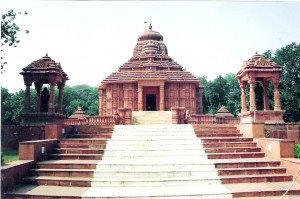
How to Reach Gwalior?
By Air: Gwalior airport is located 8km from the main city. It is connected to all the major cities in India by direct flights.
By Rail: Gwalior railway station is conveniently located on the Delhi-Mumbai and Delhi -Chennai rail link. Among major trains, the Taj and Shatabdi Express connect Gwalior with Delhi and
By Road: Gwalior is well connected by a good road network connecting all the major places in Madhya Pradesh and the surrounding areas. Gwalior is well linked with Agra (118 km), Jaipur (350 km), Delhi (321 km), Lucknow, Bhopal (423 km), Chanderi (239 km), Indore (486 km), Jhansi (101 km), Khajuraho (275 km), Ujjain (455 km), and Shivpuri (114 km).

